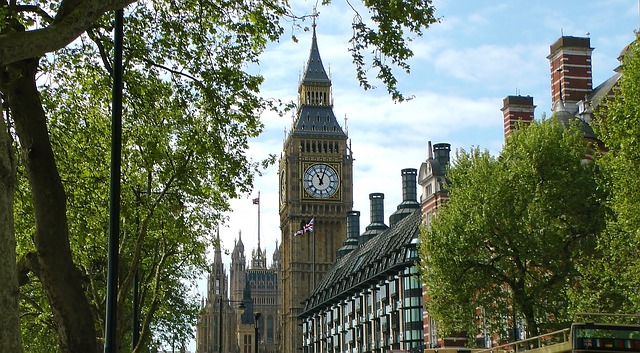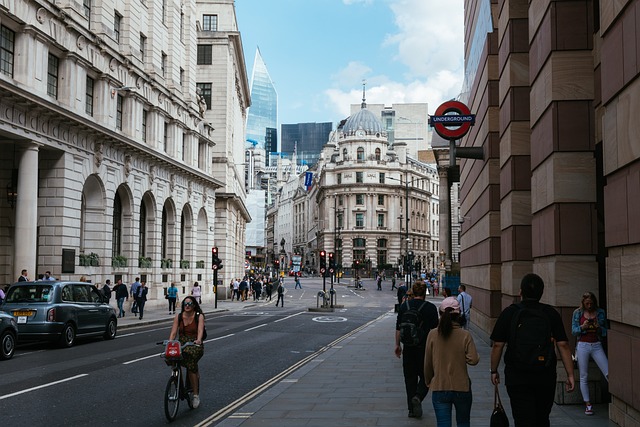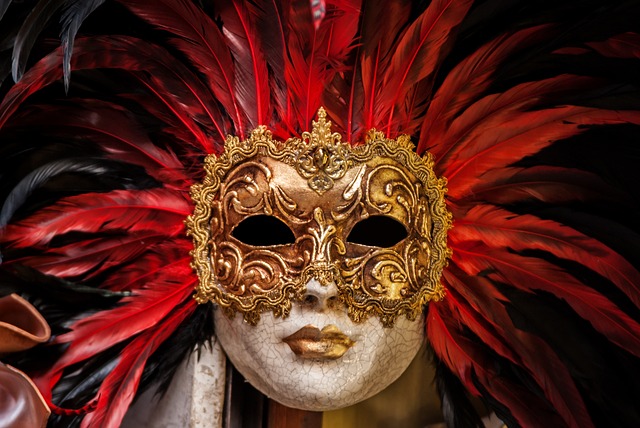British National Symbols: The Flag and Anthem

National symbols are powerful representations of a country’s identity, history, and values. For the United Kingdom, the Union Jack (the national flag) and “God Save the King” (the national anthem) are iconic emblems that evoke a sense of pride, unity, and tradition. These symbols are deeply rooted in British history and culture, reflecting the nation’s heritage and its role on the global stage. This article explores the origins, significance, and cultural importance of the Union Jack and “God Save the King,” as well as their role in modern Britain.
The Union Jack: A Symbol of Unity
The Union Jack, also known as the Union Flag, is one of the most recognizable flags in the world. Its design is a composite of the flags of England, Scotland, and Ireland, symbolizing the union of these nations.
Origins and Design
- England (St. George’s Cross): The red cross on a white background represents England and dates back to the Middle Ages.
- Scotland (St. Andrew’s Cross): The white diagonal cross on a blue background represents Scotland and was added in 1606 when England and Scotland united under James I.
- Ireland (St. Patrick’s Cross): The red diagonal cross on a white background represents Ireland and was added in 1801 with the formation of the United Kingdom of Great Britain and Ireland.
The Union Jack’s design is a perfect blend of these three crosses, creating a symmetrical and visually striking flag.
Symbolism
- Unity: The Union Jack symbolizes the political and cultural union of England, Scotland, Wales, and Northern Ireland.
- History: It reflects centuries of British history, from the Acts of Union to the expansion of the British Empire.
- Global Influence: The flag has been flown across the world, representing British influence and heritage.
Usage
- Official Flag: The Union Jack is the official flag of the United Kingdom and is flown on government buildings, military installations, and royal residences.
- Cultural Icon: It is a popular symbol in fashion, art, and design, often used to evoke a sense of British identity.
“God Save the King”: The National Anthem
“God Save the King” is the national anthem of the United Kingdom and is one of the oldest national anthems in the world. Its origins date back to the 18th century, and it has been used to mark significant national events and ceremonies.
Origins and History
- Early Versions: The anthem’s melody and lyrics have evolved over time, with early versions appearing in the 17th century.
- Official Adoption: “God Save the King” became widely recognized as the national anthem during the reign of King George II in the 18th century.
- Adaptability: The anthem’s lyrics change depending on the monarch’s gender, becoming “God Save the Queen” when a female monarch reigns.
Lyrics and Meaning
The most commonly sung verses of the anthem are:
“God save our gracious King,
Long live our noble King,
God save the King!
Send him victorious,
Happy and glorious,
Long to reign over us,
God save the King!”
The lyrics express loyalty and support for the monarch, reflecting the UK’s constitutional monarchy and the role of the sovereign as a unifying figure.
Usage
- Ceremonial Occasions: The anthem is played at state events, royal ceremonies, and sporting events.
- Cultural Significance: It is a symbol of national unity and pride, often sung by crowds at public gatherings.
Other National Symbols of the UK
While the Union Jack and “God Save the King” are the most prominent national symbols, the UK has several other emblems that represent its heritage and identity.
1. The Royal Coat of Arms
- Design: The Royal Coat of Arms features a shield divided into four quarters, representing England, Scotland, and Ireland. It is supported by a lion (England) and a unicorn (Scotland).
- Usage: The coat of arms is used by the monarch and government institutions.
2. The Tudor Rose
- Symbolism: The Tudor Rose combines the red rose of Lancaster and the white rose of York, symbolizing the end of the Wars of the Roses and the unity of England.
- Usage: It is a popular symbol in heraldry and architecture.
3. The Thistle and the Shamrock
- Thistle: The national emblem of Scotland, representing resilience and defense.
- Shamrock: The national emblem of Ireland, symbolizing faith, hope, and love.
4. The Red Dragon
- Symbolism: The red dragon is the national emblem of Wales, representing strength and courage.
- Usage: It appears on the Welsh flag and is a symbol of Welsh identity.
The Role of National Symbols in Modern Britain
National symbols play a vital role in fostering a sense of identity and unity in modern Britain. They are prominently displayed and celebrated during national holidays, sporting events, and cultural festivals.
1. National Pride
The Union Jack and “God Save the King” are powerful symbols of national pride, often seen at events like the Trooping the Colour and the Last Night of the Proms.
2. Cultural Identity
These symbols are deeply ingrained in British culture, appearing in literature, music, and art. They are also used to represent British values such as democracy, tradition, and resilience.
3. Global Recognition
The Union Jack and “God Save the King” are instantly recognizable around the world, representing the UK’s historical and cultural influence.
Controversies and Debates
While national symbols are a source of pride for many, they have also been the subject of debate and controversy.
1. Scottish Independence
The Union Jack has been a point of contention in Scotland, where some view it as a symbol of English dominance. The Scottish Saltire (St. Andrew’s Cross) is often preferred by those advocating for independence.
2. Anthem Lyrics
Some critics argue that the lyrics of “God Save the King” are outdated and do not reflect the diversity of modern Britain. There have been calls for a more inclusive national anthem.
3. Colonial Legacy
The Union Jack’s association with the British Empire has led to mixed feelings in former colonies, where it is sometimes seen as a symbol of oppression.



